My Top Ten List
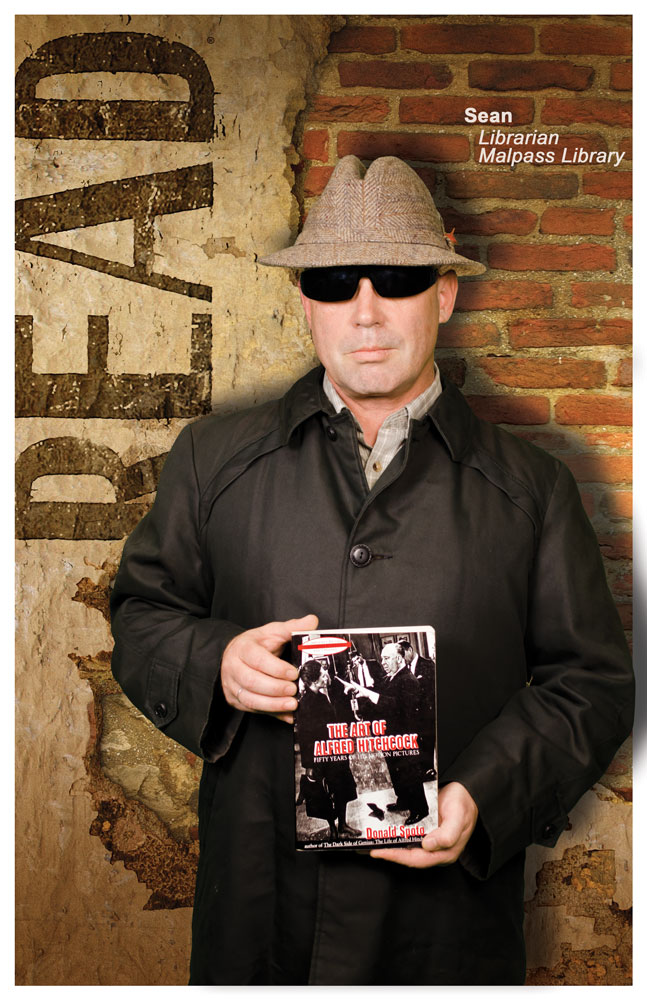
Sean Cordes
Professor, Instruction Coordinator & Instructor- Born: Royal Oak, Michigan
- Colleges: : Missouri S&T (BA Eng, BA Psych), University of Missouri (MEd./LIS), Iowa State University (PhD), Western Illinois University (MS)
- Favorite Book: Ones where I can watch the movie if I want
- Favorite TV Show: Midsomer Murders
- Favorite Movie: Charade
- Favorite Food: Mystery Meat
Life is a mystery! Today I teach people how to find information to solve problems, putting the end to the mystery of assignments, and maybe even closer to finding the truth! So it's no surprise the genre has been part of my life since I could turn a page. Here’s the story.
My Top Ten List Or What I Learned from Mystery Fiction Without Really Dying
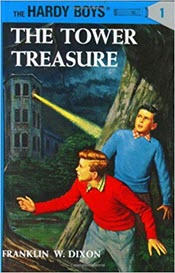
- 10. I found a copy of Frank Dixon’s (a mystery himself) The Hardy Boys: The Tower Treasure my mom brought home from the library at the elementary school where she taught; I would dig through a hand-weeded box of Hardy Boys and Nancy Drews the librarians sent home for me. My first books, and I was hooked on mysteries and reading.
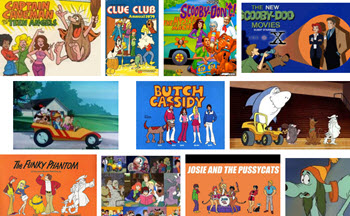
- 9. Saturday morning put a dent in my page turning as other media mysteries emerged starting with the greatest dog detective of all time, Scooby Doo! Love it or not, those meddling kids and their canine confidante left a mark on American culture, including numerous mystery mash-ups like, Josie and the Pussycats, Jabberjaw, Captain Caveman and the Teen Angels, and Speed Buggy!
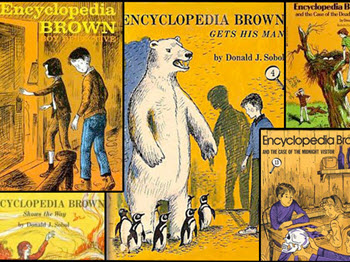
- 8. My friends at the Scholastic Book Club supported my interest by offering up Encyclopedia Brown and his bodyguard Sally. Featuring the adventures of boy detective Leroy Brown, nicknamed "Encyclopedia" for his intelligence and range of knowledge. The series of 29 children's novels was written (one co-written) by Donald J. Sobol, with the first book published in 1963 and the last novel published posthumously, in 2012.
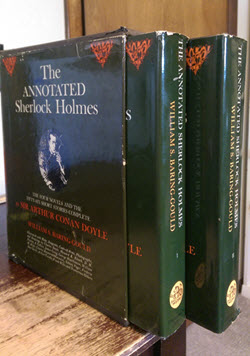
- 7. I spent the summers on the farm. During the hot July days I would steal away to the cool damp streets of London, encountering one short adventure after another with Holmes and Watson. I began to better understand the mystery genre as it began to unfold from its origin, the motivations of the heart and mind, and the importance of demons and villains in the struggle for meaning beyond good and evil.

-
6. When streaming hit there was an long period where I studied deeply the mysteries of the BBC (which continues) where Agatha Christie taught me about the practical habits of mind of the detective through Miss Marple and Hercule Poirot, including the innate curiosity, keen insight, and problem solving ability that help us uncover the facts and solve puzzles.
From here I grew more, from the moral introspection of Father Brown, the whimsical, surreal, and timeless Midsomer Murders, the triumph of fish over water in Death in Paradise, and the impact of swinging sixties with Inspector George Gently on our perceptions of life and living. These shows are a comfort knowing that success often comes through creativity, that history is a tool to learn with, and the idea that humans will be humans regardless of time, place, or circumstance. These ideas follow me daily through my work as a librarian (shout out to ITV and the BBC for rocking this stuff).
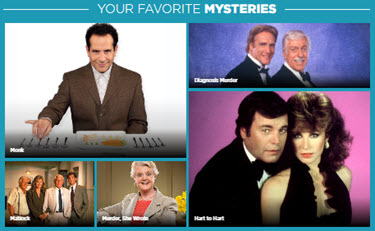
- 5. After burning through most of the headier streaming fare, I slummed into cable mostly Hallmark movies and Mysteries, a descent into hours of mindless mystery murder and mayhem from the likes of old school sleuths, mainstream nineties shows like Matlock and Diagnosis Murder with old friends in comfortable roles, and new twists on the fare like Psych, and the masterful Mr. Monk, I realized my grey cells had lost some edge.
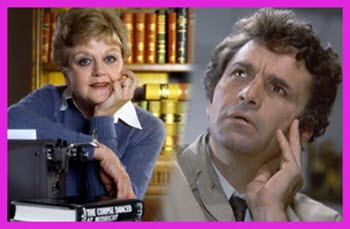
- 4. Of course I did learn a few things, For instance, good detectives are equally nosy as they are wise, organized, or smart. In the TV mystery world the king of tenacity is that rumpled bloodhound Columbo (just one more thing), and the queen of intrusion is Jessica Fletcher of Murder She Wrote. Angela Lansbury makes murder homey, and started the murder magnet trend in TV mystery. Love the old typewriter, but believe you me if I see her coming I’m heading the other way. Both detectives showed me the need to always dig deeper, follow through no matter how small the detail, and never stop till the credits roll.
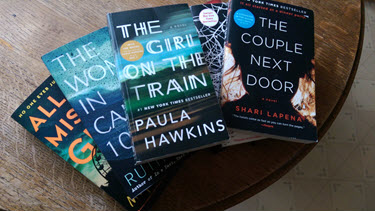
- 3, 2, & 1 So last summer with my mystery partner Jen we began dissecting some deeper mysteries using more complex structures (comparatively speaking). This led us across the library and used bookstores, and the highways across Illinois, Missouri, and Tennessee; we drove and read for hours. We explored Dark Places and wallowed in the grit of Sharp Objects by Gillian Flynn, our missouri sister, untangling the gas lighted ruminations of the unreliable narrator in Hawkin’s Girl on A Train, the backward narrative of Miranda’s All the Missing Girls and the Hitchcockian isolation of Ruth Ware’s Woman in Cabin 10; a reflection of our own struggles against isolation and self sufficiency in a world that often makes its own rules.
Although the Hitchhiker's Guide to the Galaxy may declare the meaning to the mystery of life is 42, things always seemed a bit more complex to me, and so I continue to turn to these sleuths of the media to guide me along!
